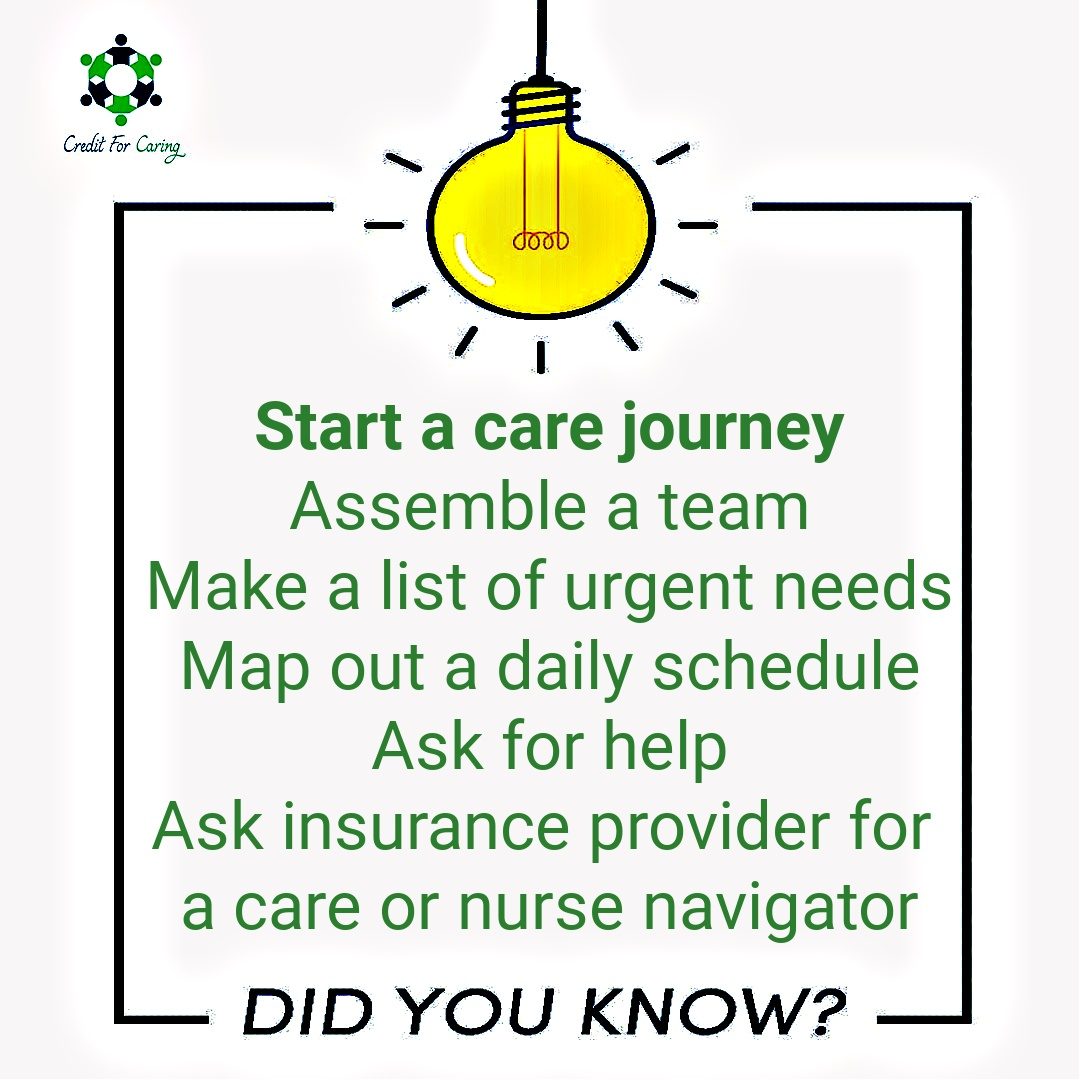“How do I plan for Long-term Care?”
Are you prepared to live for 100 years? More centenarians celebrate birthdays today.
Long-term care is no longer a luxury for the lucky few.
“How do I plan for Long-term Care?”
Are you prepared to live for 100 years? More centenarians celebrate birthdays today.
Long-term care is no longer a luxury for the lucky few.

Long-Term Care insurance is not paid for under Medicare however, more insurance programs are now adding in home support for Activities of Daily Living, Home Safety, and even at home hospital care. Call your health insurance company customer service phone number and ask for more information on your benefits.
500k+
older women today are severely lonely
5
years on avg. women live longer than men
70%
of elderly need long-term care

What
The Right Level Of Long-Term Care
Long Term Care during a hospitalization happens in three settings: skilled nursing facilities in sub-acute settings, acute rehabilitation, and long-term acute care. All three occur at the hospital or when transferred to another facility certified and staffed with nurses and therapists taking orders directly under physician supervision. This level of Long-Term Care is paid under the Medicare program.
Long Term Care when a change in level of care is required is funded by private insurance, private pay, or Medicaid benefits. Consumers select from; home health service while aging at home, assisted living facilities or nursing home placement.

Where
Find The Best Long-Term
Care Providers
The Medicare Nursing Home Compare site is the national database and oversite of the nation’s nursing homes. Each State has their own Department of Elder Affairs or Health Affairs that monitors Assisted Living Facilities or using Eldercare Locator.


When
Visit Long Term Care Facilities
Once the list is narrowed, visit again. Unannounced. Go during mealtime. Go when the staff should be most active with the residents to get a realistic picture of daily life.
Notes from the Author
Monica Stynchula – CEO / REUNIONCare, Inc.













